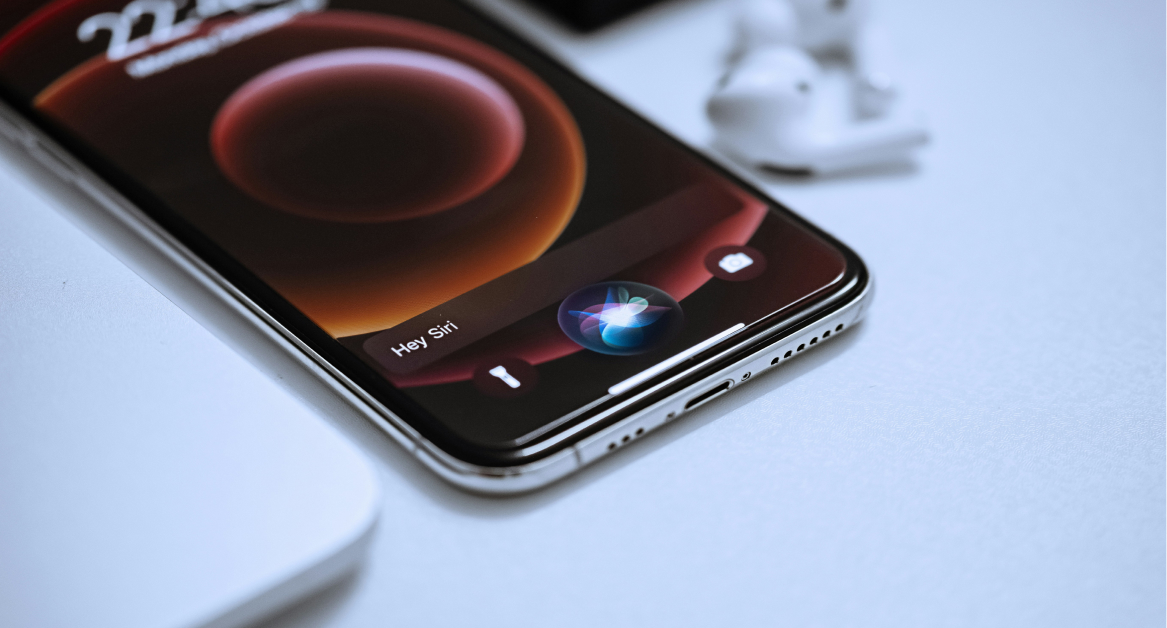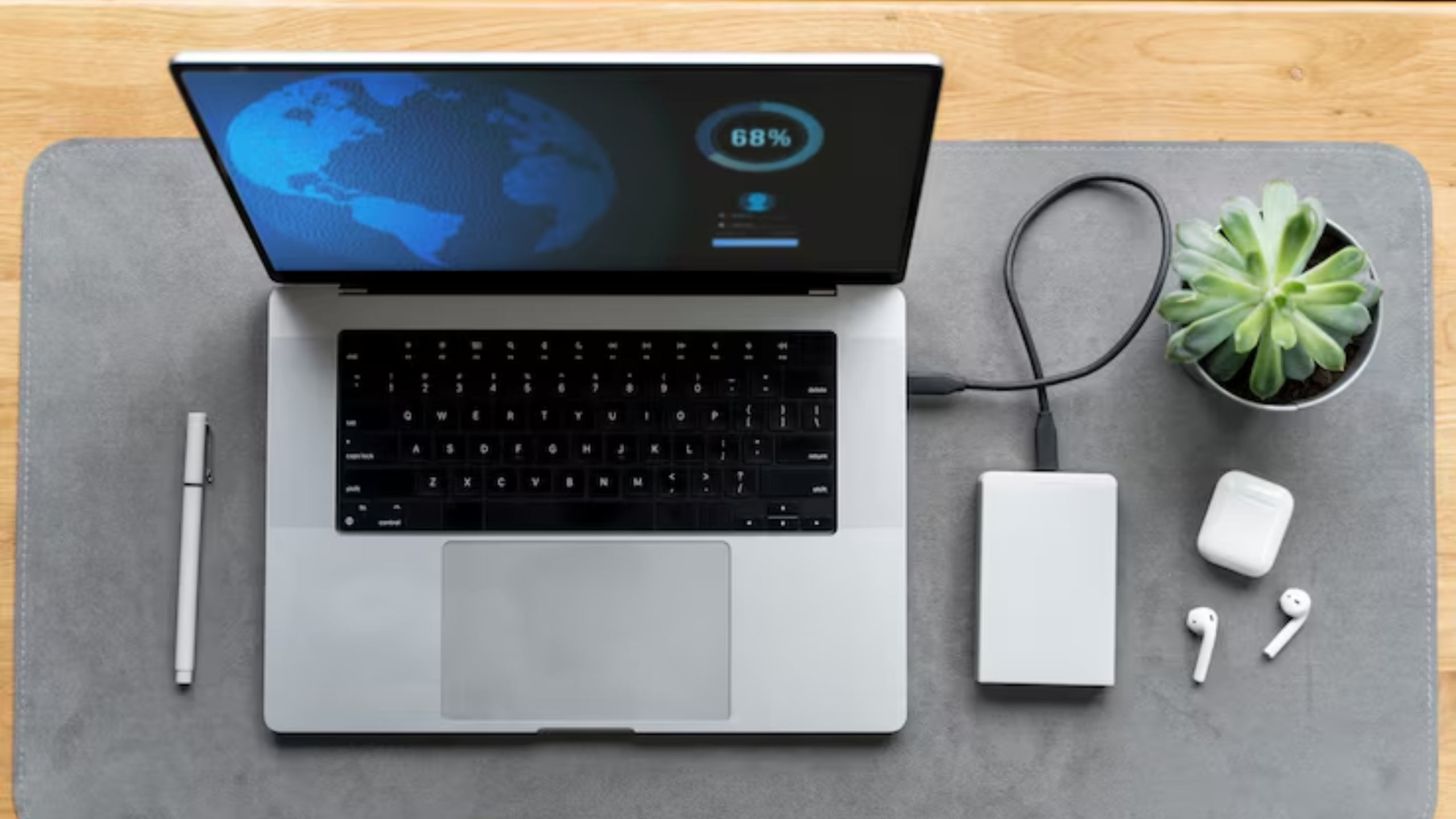Ever been locked out of an account because you couldn’t remember your password? Or worse—used the same password across multiple sites just to avoid the hassle?
You’re not alone.
As our digital lives expand, so does the need for better ways to manage login credentials. And while third-party tools exist, many Apple users don’t realize they already have a powerful password manager built right into their devices.
In this article, we’ll explore what makes the Apple Passwords app unique, how to use it effectively, and why it might be all you need to keep your digital life secure.
What is the Apple password manager?
Apple’s password manager is a built-in tool that securely stores and auto-fills your login credentials across all your Apple devices. It was formerly known as iCloud Keychain, but with iOS 17 and macOS Sonoma, Apple gave it a more prominent presence through the new Passwords app.
You’ll find it in the Settings app on iPhone and iPad, and in System Settings on Mac. It’s also accessible through Safari and synced across devices using iCloud—so your passwords are always available when you need them.
Here’s what it manages:
- Website and app logins
- Wi-Fi passwords
- Verification codes for two-factor authentication
- Credit card details
- Notes with sensitive information
- Shared passwords between trusted contacts
And it’s not just limited to Apple devices. You can use iCloud for Windows and the iCloud Passwords extension on Chrome or Edge to access your stored credentials on a PC. This means you’re not locked into Apple’s ecosystem if you occasionally switch between devices.
Unlike standalone apps, Apple’s password manager is deeply integrated into the operating system. That means it can use Face ID or Touch ID to authenticate access, autofill passwords in apps or websites, and even suggest strong passwords when creating new accounts.
If you’ve ever used tools like Google Password Manager or Samsung Password Manager, the Apple Passwords app offers a similar experience—but with tighter privacy controls and seamless integration across Apple platforms.
Key features of Apple password manager
Apple’s Passwords app might look simple at first glance, but under the hood, it packs some powerful features designed to make your digital life safer and more convenient.
Here’s what sets it apart:
1. Seamless autofill across Apple devices
Once your passwords are stored, they’re instantly available on your iPhone, iPad, and Mac. The next time you visit a website or open an app, your login credentials appear automatically. No more typing, no more guessing.
2. Strong password suggestions
When creating a new account, Safari will suggest a strong, unique password for you. These passwords are stored automatically in the Passwords app and synced across devices via iCloud.
3. Built-in two-factor authentication
Apple’s password manager supports storing two-factor authentication (2FA) codes. No need to switch to another app—when you log in, the 2FA code is auto-filled just like your password. It’s a smooth, secure experience.
4. Security alerts for compromised passwords
If a password you’ve saved appears in a known data breach, Apple will flag it and prompt you to change it. This kind of proactive alert helps you stay a step ahead of hackers.
5. Shared passwords
Need to share your Netflix login with a family member or coworker? You can now securely share passwords with other Apple users via Messages. It’s encrypted, simple, and private.
6. Biometric authentication
Whether it’s Face ID or Touch ID, Apple uses biometric verification before letting you view or edit your saved passwords. That means your data stays protected even if someone gets their hands on your device.
7. Cross-platform access
You don’t have to be all-in on Apple to use the Passwords app. With iCloud for Windows and the iCloud Passwords extension for Chrome and Edge, you can access your logins on a PC too.
8. Password organization and search
You can search for credentials by website name, app, or account. You can also organize entries and add notes, making it easier to manage even a large library of logins.
9. Autofill for credit cards and Wi-Fi
Your saved credit card details and Wi-Fi passwords are ready to autofill when needed. This makes online shopping and onboarding new devices way faster.
10. Privacy and encryption
Everything stored in Apple’s password manager is encrypted end-to-end. Only you can access your data—not even Apple can view your passwords.
11. Compatible with single sign on environments
While the Passwords app manages personal credentials, it complements enterprise-level solutions like single sign on by storing logins for apps and platforms that fall outside of the SSO ecosystem.
These features work quietly in the background, saving you time while protecting sensitive information. And because everything is baked into the operating system, the experience feels smooth and seamless.
Tips for better security with Apple password manager
Using Apple’s Passwords app is a strong first step toward protecting your online identity—but there are a few smart habits that can take your security even further.
Here are some practical tips to level up your password hygiene:
Use strong, unique passwords for every account
Avoid reusing passwords. Apple’s built-in password generator will suggest complex passwords when you create a new account. Take advantage of it—it’s designed to be hard to crack and easy to save.
Enable two-factor authentication wherever possible
While Apple stores your 2FA codes for autofill, it’s still important to enable this feature on your most important accounts—like email, banking, and cloud storage. It adds an extra layer of protection, especially if your password ever gets compromised.
Regularly review your saved passwords
Take a few minutes each month to scroll through your password list. Look for any duplicates, weak entries, or logins you no longer use. Delete what you don’t need and update anything that looks outdated.
Pay attention to security alerts
If Apple notifies you that a password appeared in a data breach, don’t ignore it. Change the password immediately and consider enabling two-factor authentication for that account.
Use Face ID or Touch ID to protect access
Make sure biometric authentication is turned on for your devices. It prevents unauthorized users from seeing or editing your stored credentials—even if they have physical access to your phone or Mac.
Share passwords securely
Avoid sending login info over email or messaging apps. Instead, use Apple’s password sharing feature, which lets you share selected credentials through iMessage with end-to-end encryption.
Sync with iCloud to keep everything up to date
Enable iCloud Keychain across all your devices. This ensures that any changes—new passwords, updates, or deletions—sync automatically and securely.
Use the iCloud passwords extension if you work on a PC
If you’re on a Windows device during the day and an iPhone at night, the iCloud Passwords extension for Chrome or Edge ensures you can still access and autofill passwords on your browser.
Import your existing passwords
Switching from another password manager like Google Password Manager or Samsung Password Manager? Apple lets you import your saved passwords, making the transition smooth and hassle-free.
Don’t rely only on passwords
Passwords are important, but they aren’t bulletproof. Combine strong passwords with other security practices—like keeping your operating system up to date, avoiding public Wi-Fi when possible, and being mindful of phishing attempts.
These simple steps can make a big difference in your overall digital safety. The goal isn’t just convenience—it’s control.
Troubleshooting common issues with Apple password manager
Even though Apple’s password manager is reliable for most users, things can occasionally go off track. If something doesn’t work as expected, here are a few common issues—and how to fix them.

Passwords aren’t syncing across devices
Possible causes:
- iCloud Keychain isn’t enabled on one or more devices
- You’re signed into different Apple IDs
- One of your devices isn’t updated to the latest operating system
What to do:
- Go to Settings > Apple ID > iCloud > Passwords and Keychain and make sure it’s turned on
- Check that all your devices are using the same Apple ID
- Update to the latest version of iOS, iPadOS, or macOS
- Restart your devices after making these changes
Autofill isn’t working on websites or apps
Possible causes:
- Autofill for passwords is turned off
- The website or app doesn’t support autofill
- Password isn’t saved for that login
What to do:
- On iPhone or iPad, go to Settings > Passwords > Password Options and ensure autofill is enabled
- Make sure the login is saved correctly in your Passwords app
- Try manually entering once—Apple will often prompt you to save it afterward
Can’t find the Passwords app
Clarification:
The Passwords app isn’t a standalone icon on the home screen. It lives inside your system settings.
Where to find it:
- On iPhone and iPad: Settings > Passwords
- On Mac: System Settings > Passwords
You can also access saved passwords directly in Safari when logging into websites.
Two-factor authentication codes aren’t appearing
Possible causes:
- The 2FA code hasn’t been added to the login entry
- The site’s QR code wasn’t scanned properly
What to do:
- Edit the saved login in your Passwords app
- Tap Set Up Verification Code and scan the QR code again, or enter it manually
- Make sure your device’s time and date settings are set to automatic
Face ID or Touch ID not working with passwords
Possible causes:
- Face ID or Touch ID is disabled
- A software glitch is preventing proper access
What to do:
- Check if biometric authentication is enabled under Settings > Face ID & Passcode or Touch ID & Passcode
- Restart your device
- If it persists, try resetting Face ID or Touch ID and setting it up again
Problems importing passwords
Common scenario:
You’re moving from another manager like Google Password Manager or Samsung Password Manager and want to bring your logins into Apple’s system.
What to do:
- On Mac, open Safari > Settings > Passwords
- Click the three-dot menu and choose Import Passwords
- Follow the steps to bring in a .csv file from your previous manager
Be sure to delete the CSV file afterward—it’s stored in plain text and should not be left on your device.
Troubles still lingering? Apple’s support site and community forums are solid go-to resources for more specific issues.
Take control of your digital security with ONE solution
Password fatigue is real—but it doesn’t have to leave you vulnerable. Apple’s Passwords app brings simplicity, security, and convenience into one native tool that works across all your Apple devices.
But password security is just one part of protecting your company’s digital workspace.
If you’re running a business with a hybrid or remote team, you need more than just secure logins—you need end-to-end IT management.
Esevel can help. We streamline everything from employee onboarding and laptop provisioning to device management and cybersecurity support, all in one platform built for distributed teams across Asia Pacific.






